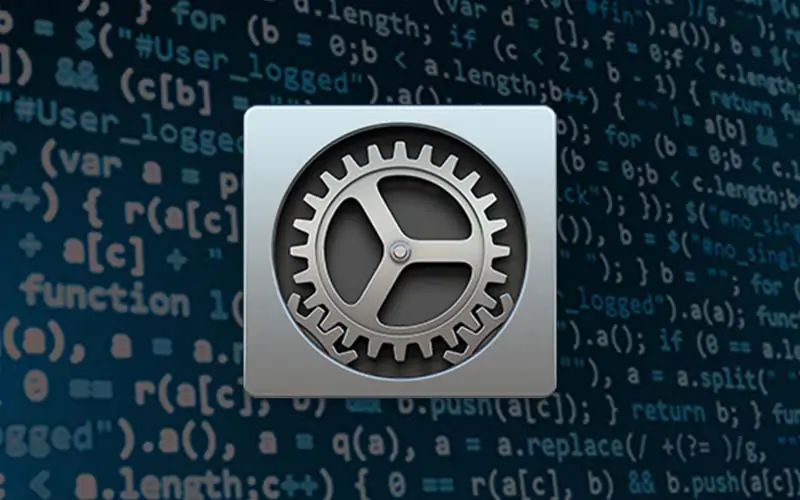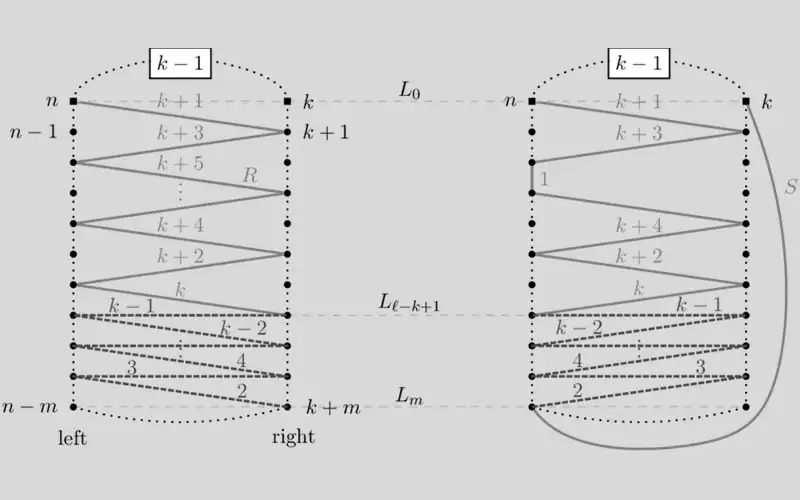Write a detailed note on Storage devices of a computer?
Data and information need to be stored after input, during processing and before output. Computer systems accomplish the storage function by use of primary storage circuits in the CPU as well as in secondary storage devices such as magnetic disk and tape drives.
Primary Memory.
The primary storage of the most modern computers consists of microelectronic semiconductor storage circuits. Millions of semiconductor storage circuits can be etched on large-scale integrated (LSI) circuits’ chips. Memory chips with capacities of 256K bits, 1 million bits and 4 million bits are used in current computers.
One major disadvantage of most semiconductor memory is its volatility. Uninterrupted electric power must be supplied or the contents of memory will be lost. Therefore, emergency transfer to other devices or standby electrical power is required if data are to be saved.
There are two basic types of semiconductor memory: Random Access Memory (RAM) and Read Only Memory (ROM). Variations of these two basic types are used for electronic computers and other devices requiring electronic storage of data or instructions.
RAM: Random access memory is the most widely used primary storage medium. Each memory position can be both sensed (read) and changed (written), so it is also called read/ write memory. This is a volatile memory.
ROM: Read only memory is a type of non-volatile random access memory used for permanent storage. It can be read but not written. Frequently used control instructions in the control unit and programs in primary storage can be permanently burned in to the storage cells during manufacture.
Secondary Memory.
The secondary memory provides an additional primary storage, but they can also be used for secondary storage.
Magnetic Disk storage.
Magnetic disk media and equipment are the most common form of secondary storage for modern computer systems. They provide fast access and high storage capacities at a reasonable cost. The two basic types of magnetic disk media are conventional (hard) metal disks and flexible (floppy) diskettes. Magnetic disks are thin metal or plastic disks that resemble phonograph records and are coated on both sides with an iron oxide recording material.
Several disks may be mounted together on a vertical shaft, which typically rotates the disks at speeds of 5400-7200 revolutions per minute (rpm). Electromagnetic read/ write heads are positioned by access arms between the slightly separated tracks in the form of tiny magnetized sport to form binary digits arranged in serial order in common computer codes. Thousands of bytes can be recorded on each track, and there are several hundred data tracks on each disk surface, each of which is subdivided into a number of sectors.
Types of Magnetic Disks.
There are several types of magnetic disk arrangements, including removable disk packs and cartridges as well as fixed disk units.
Disk packs are easy to handle. For example, one type of disk pack consists of 11 14-inch wide disks, and is about 6 inches high weighs about 20 pounds and can store over 500 million characters.
Hard disk drives combine magnetic disks, access arms and read/ write heads into a sealed module. Removable disk cartridge versions are also available.
Fixed disks are non-removable magnetic disk assemblages used in magnetic disk units. They allow higher speeds, greater data-recording densities and closer tolerances within a sealed more stable environment.
Floppy disks or magnetic diskettes are disks that consist of polyester film covered with an iron oxide compound. A single disk is mounted and rotates freely inside a protective plastic jacket, which has access openings to accommodate the read/write head of a disk drive unit.
Magnetic Tape storage.
Magnetic tape is another widely used secondary storage medium. Data is recorded in the form of magnetized spots on the iron oxide coating of the plastic tape by the read/ write heads of magnetic tape drives. Magnetic tape is usually subdivided into horizontal tracks to accommodate recording bits into common computer codes.
Blank spaces known as “gaps” are used to separate individual data records and blocks of grouped records. These gaps are required to allow for such mechanical operations as the start/ stop time of a magnetic tape unit. Most devices group records into blocks to conserve storage space instead of leaving gaps between each record.
Optical Disk storage.
Optical disks are a relatively new mass storage medium. Mainframe versions use 8-inch and 12-inch plastic disks with capacities of several billion bytes of information. One version for use with microcomputers is called CD-ROM (compact disk-read only memory).
It uses 12-centimeter (4.7 inch) or 5.25-inch compact disks (CDs) similar to those used in stereo music systems. Each disk can store from 500 to 700 megabytes or DVD can store 4 to 8GB. Data are recorded by using a laser to bur permanent microscopic pits in a spiral track on a master disk from which compact disks can be mass produced. Then CD-ROM or DVD-ROM disk drives use a laser device to read the binary codes formed by those pits.
SSD (solid-state drive).
A SSD (solid-state drive) is a kind of nonvolatile storage media that stores determined information on solid-state streak memory. The engineering design of the SSD controller is streamlined to convey high read and write execution for both successive and irregular information demands. SSDs are also referred to as flash drives hard-disk or solid-state disks.




